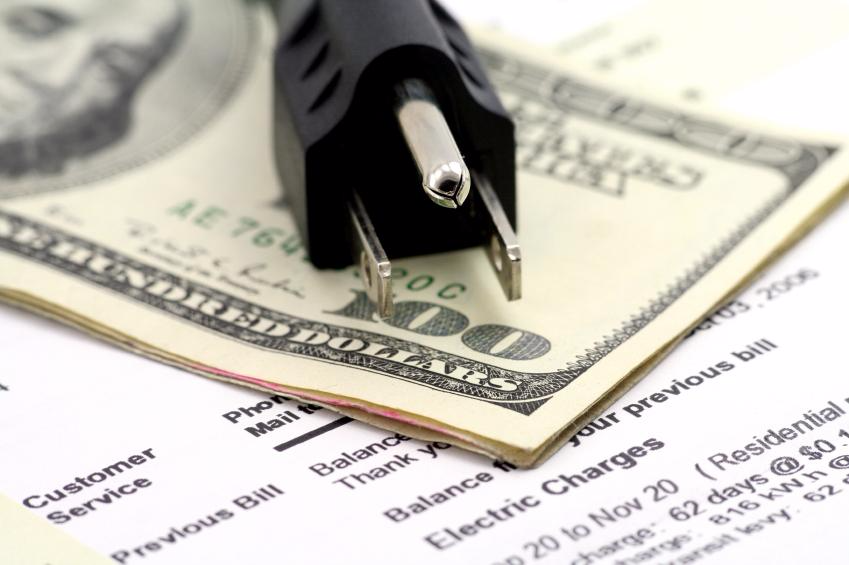AARP Hearing Center

As New Yorkers continue to see their energy bills go up—and as more than a million fall behind with their monthly payments—a new rate shock might be coming.
Consolidated Edison has asked the state’s Public Service Commission for permission to raise base electric delivery revenues by 17.6 percent and those for natural gas by 28.1 percent. This is coming on the heels of a rate hike in 2020, when the PSC approved delivery increases of 10.2 percent for electricity and 20.5 percent for gas, spread over a three-year period.
Con Ed has said the proposed rate hike is to maintain affordability and fund clean energy, among other reasons. The PSC is expected to rule on the company’s request this winter.
The proposed increase has New York ratepayers—who already face some of the highest utility bills in the country—feeling alarmed.
The state ranks 10th in the nation for electricity costs and 16th for natural gas, according to the U.S. Energy Information Administration. Many people already can’t afford their utilities—1.3 million New York customers owe $1.7 billion in unpaid bills, according to PSC data.
“New York state clearly has a utility arrears crisis on its hands,” says Bill Ferris, AARP New York’s legislative representative.
For some residents, though, help could be on the way.
The state is providing $350 million in its 2023 budget to offset consumers’ energy bill debts, funds advocated for by AARP and the Public Utility Law Project of New York (PULP), a consumer advocacy group. The state’s major utilities were also directed by the PSC to communicate better with customers on rate increases, alert them to payment assistance options and promote reduced energy usage programs.
“AARP is very grateful that Gov. Kathy Hochul (D) and the state legislature took this crisis head on,” says Ferris.
How to get help
Consumers don’t have to do anything to receive relief funds. The money will go directly to customers’ accounts and they will see the credit against their balance. A working group is figuring out how to allocate the funds to make sure those with the most need are taken care of first, says Ferris, a group member.
The program will cover arrears from March 2020 through March 1, 2022, for low-income customers, and they will see the funds no later than Aug. 1, according to James Denn, a PSC spokesman. The first round of assistance is expected to affect more than 300,000 consumers, with more aid planned for the fall.
“This will give immediate relief to a fairly large number of people,” says Richard Berkley, executive director of PULP and member of the working group.
But it will take time for New Yorkers to recover from the double whammy of the pandemic and rising energy costs, he says.
If consumers find themselves with utility debt, Berkley recommends they alert their service provider.
“This means don’t stop buying medicine or food, and don’t stop paying other vital bills,” Berkley says. “Make an effort to pay what you can.”
For more info on assistance programs, visit otda.ny.gov/programs/heap or call 800-342-3009. For questions about utility arrears, contact the New York State Department of Public Service at dps.ny.gov or call 800-342-3377.
Donna Liquori is a writer living in Albany.
More on Advocacy































































